Home photography ideas: How to take great photos of hamsters
As we're all staying indoors it's the ideal time to perfect your pet pictures and learn how to use flash for better results
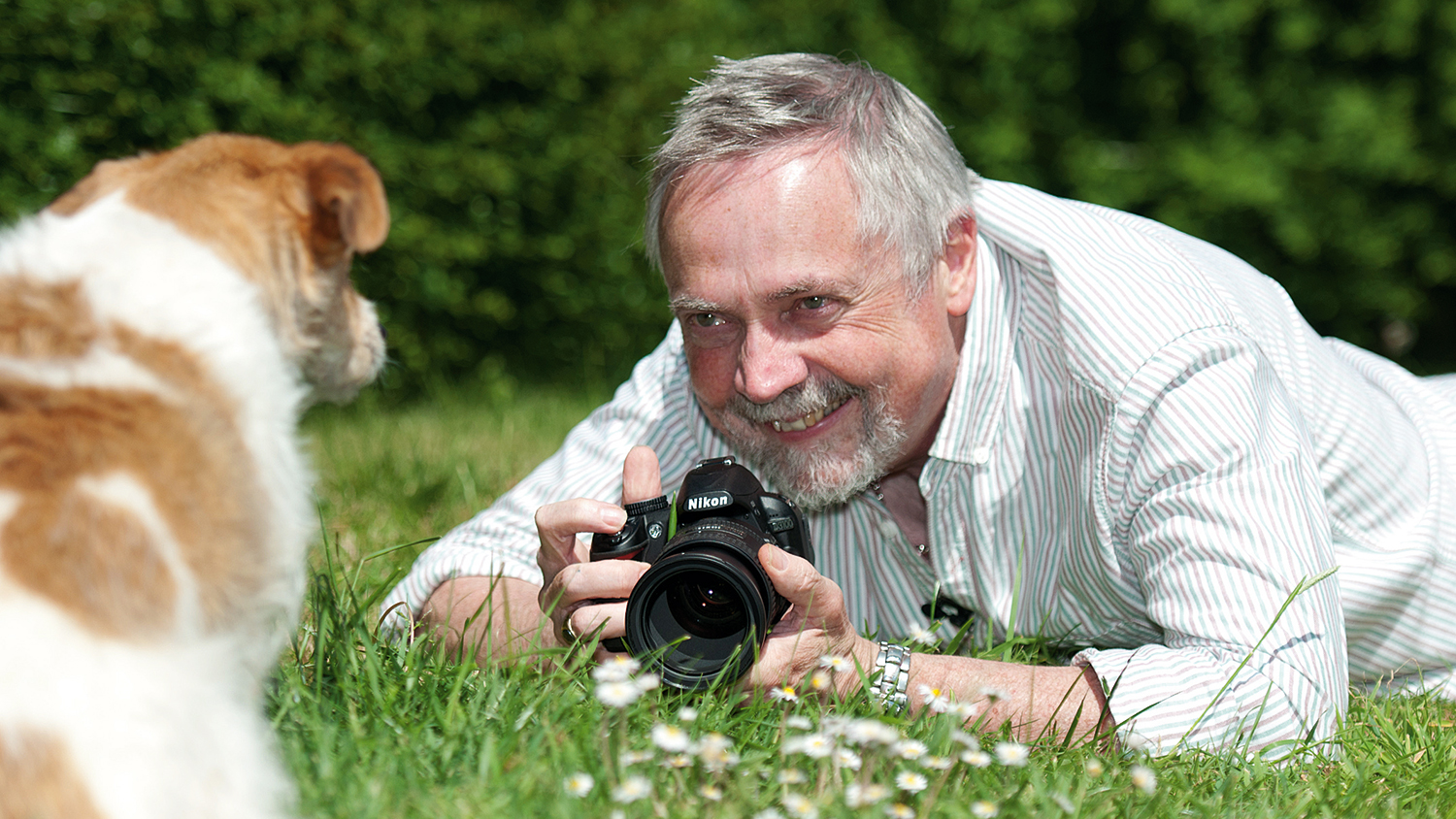
• Shoot cat portraits with flash
• Get great pictures of your dog
• 10 best online photography courses
• Get more Home photography ideas
Watch video: Home photography ideas – close-up pet portraits
While you're staying safe indoors it's the perfect time to work on improving your camera skills, so try our home project on how to take great pet pictures using flash.
Never work with children or animals, they say – and they are often right! However, that didn’t stop us trying our best to grab some great pet portraits for this project.
We decided to photograph our little pet hamster, Cloudy, and it instantly threw up challenges, the main one being able to get a decent shot before she scurried off. Small rodents like hamsters move very quickly, and aren’t in the habit of staying still and posing in your direction.
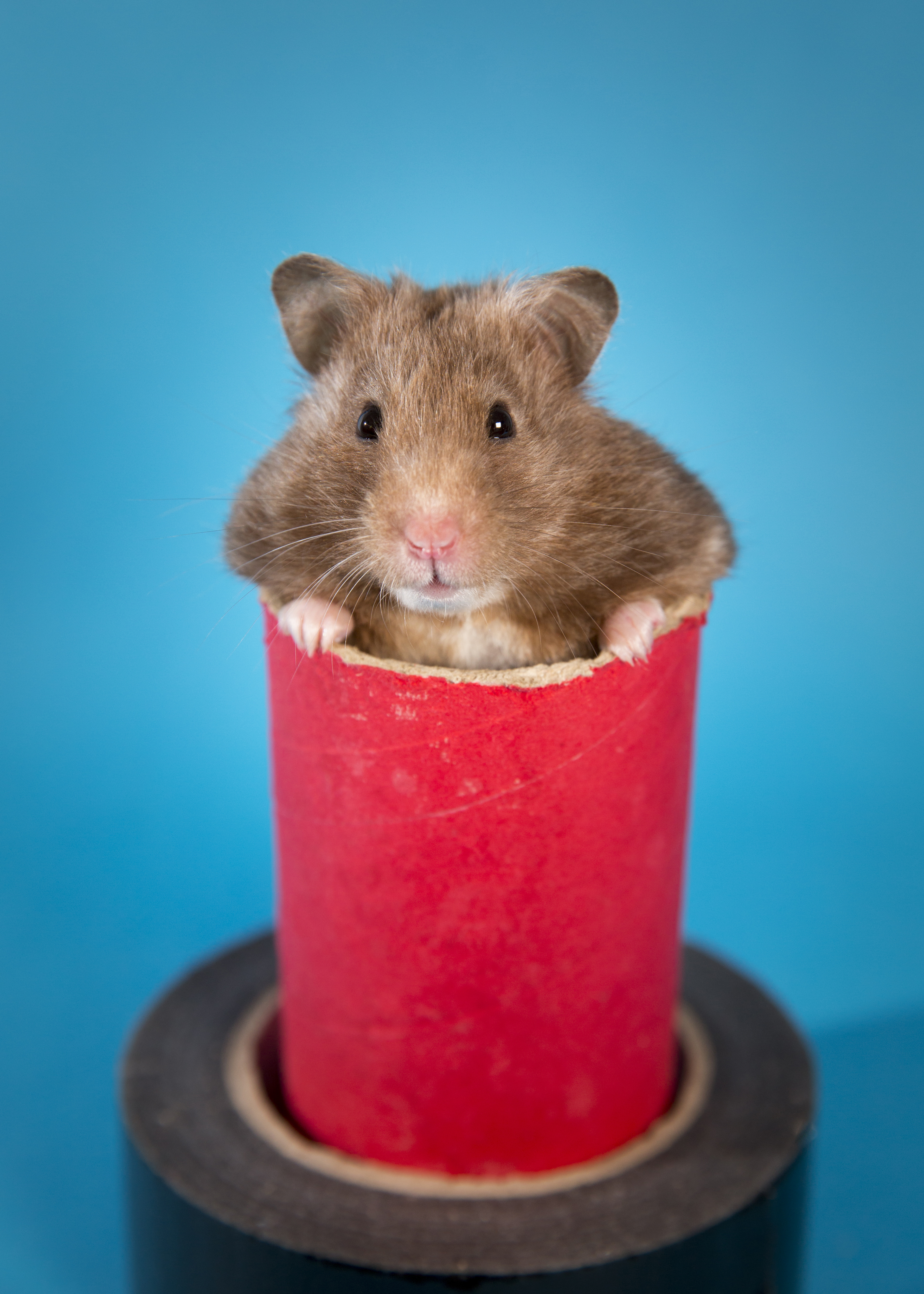
But with a few key techniques, and being ready and in position, with our lights tested and set up, we were finally able to get a winning shot (see above) after using her play tube to keep her stationary for a couple of seconds before escaping.
We set up a small home studio using a piece of blue background paper stuck to the wall and on the top of Cloudy’s cage, plus two off-camera flashguns set on low power so as not to scare the little rodent. Read on to learn more.
01. Home studio setup
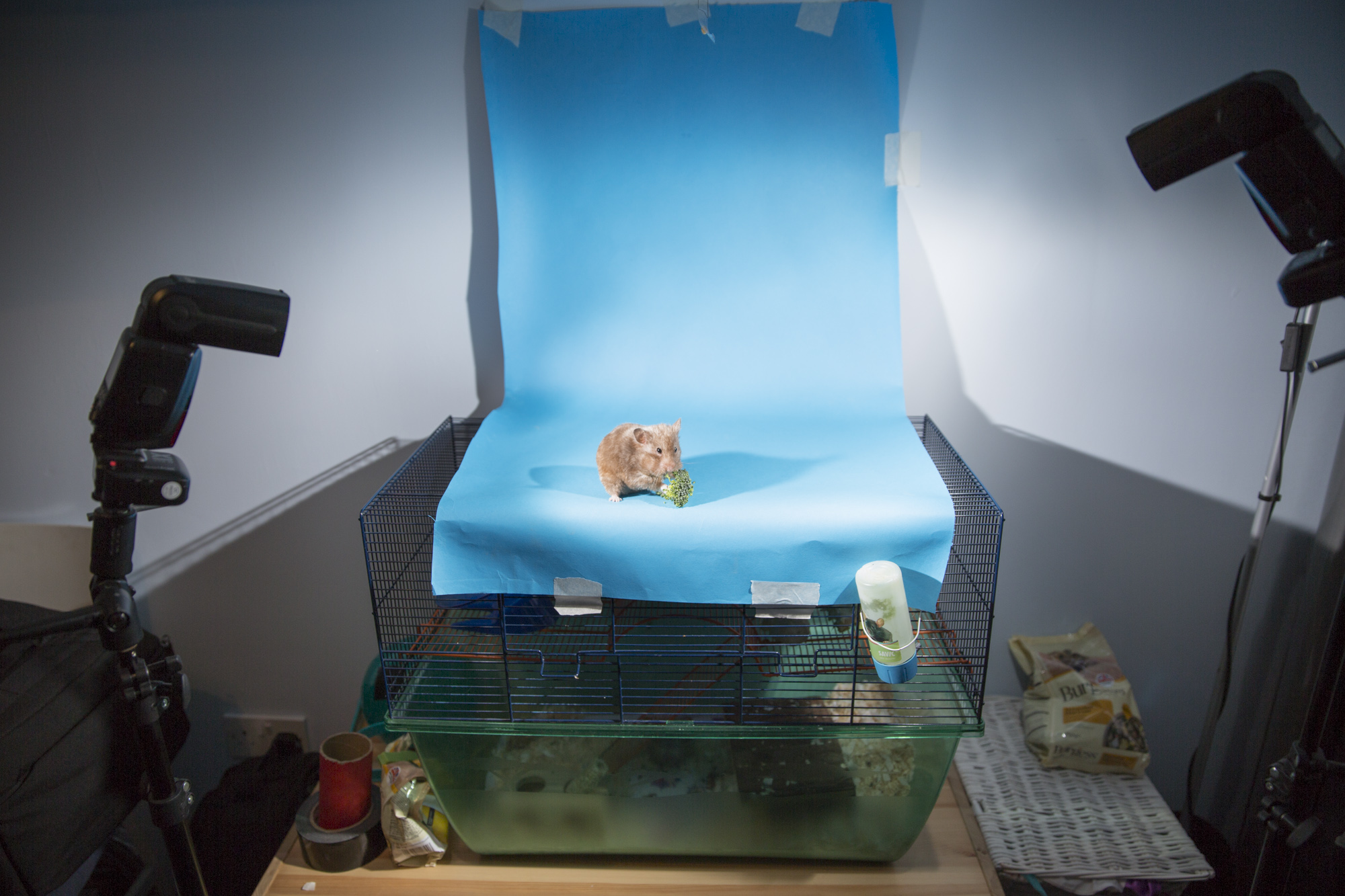
We set up a simple mini-studio by taping a piece of blue background roll to a wall and allowing it to curve gently onto our hamster’s cage to create a smooth and seamless backdrop. We then let the hamster crawl around on top of the paper.
• Best backdrops for photography
02. Flashgun settings
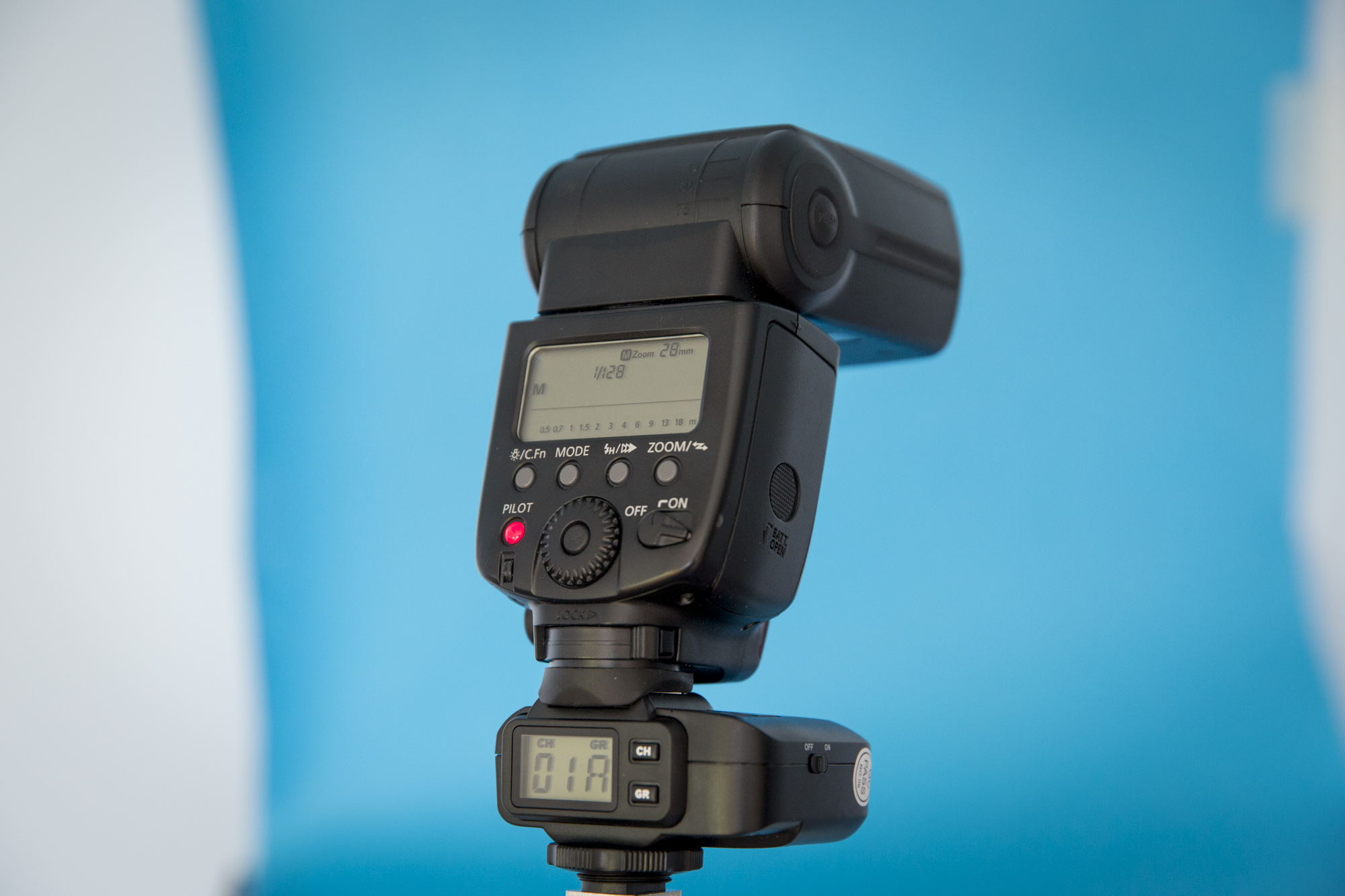
Using off-camera flashguns not only lights animals evenly, they also create a catchlight in otherwise-black eyes to add a little extra sparkle. To light our hamster, we used two Canon Speedlites, with both flashguns to a low 1/128 power, one positioned at the front at 28mm zoom, the other to the side at 50mm zoom, fired via wireless triggers (if your camera has a pop-up flash, trigger your flashguns optically instead).
03. Choose a standard zoom
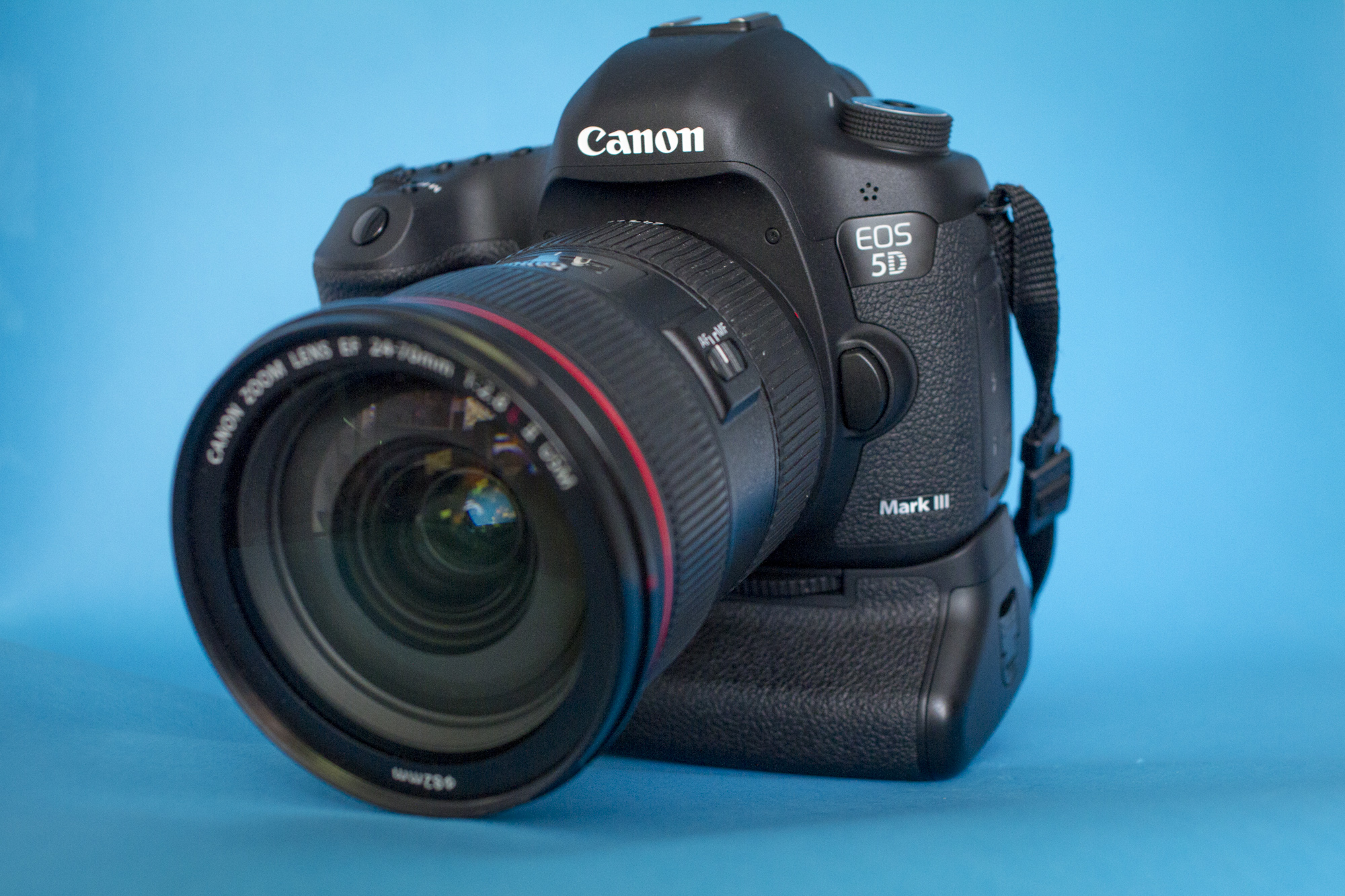
We used a Canon EF 24-70mm f/2.8L USM standard zoom on our full-frame camera, at 70mm so we could focus close enough for a frame-filling composition as the hamster is so small. For a crop-sensor Canon, an 18-55mm kit lens will be fine.
• The best standard zoom lenses
04. Depth of field
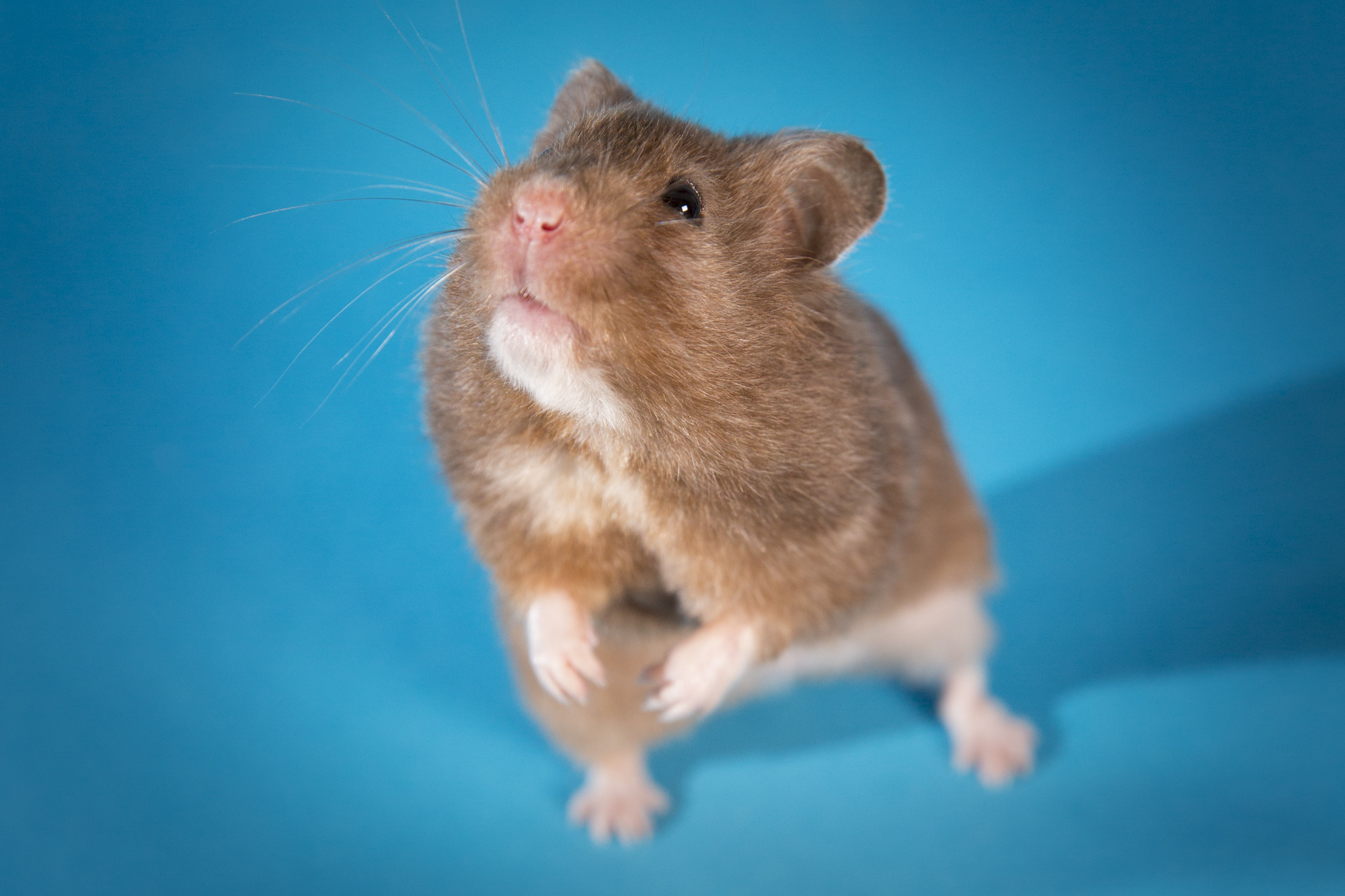
It might be tempting to use your widest aperture on your lens for creative blur, but when focusing closely on small subjects, depth of field is extremely shallow at f/2.8, so we shot at f/5.6 to the majority of our little hamster was in focus. Our shutter speed was 1/200 sec to meet the flash sync speed, and we set ISO640 to boost the brightness.
05. Do feed the animals
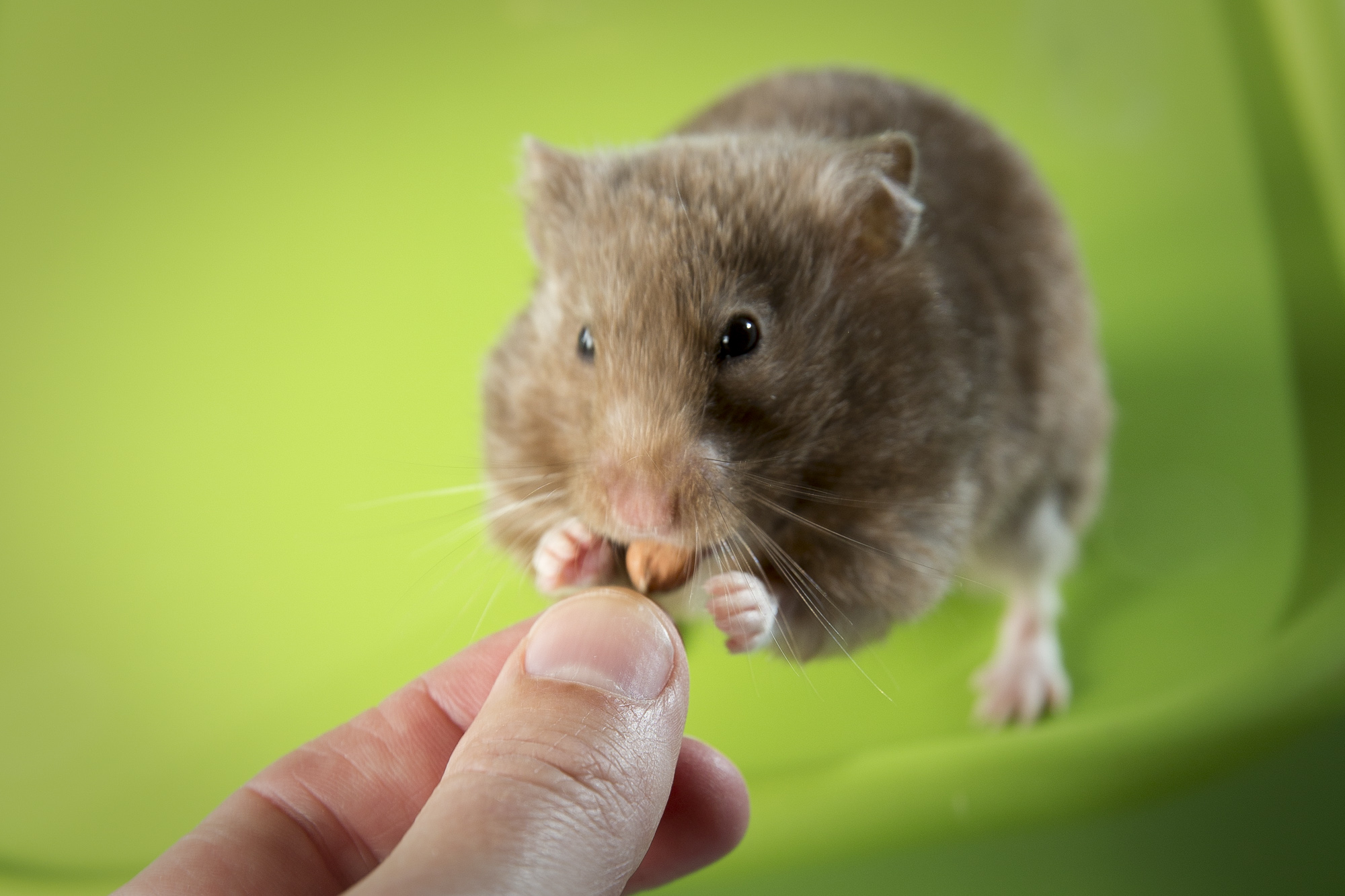
The best way to attract animals of all shapes and sizes is to bribe them with their favourite food; Cloudy loves nuts. An assistant comes in very handy here, as they can entice the pet to (a) stay still, and (b) balance on their hind legs for a better pose. Patience goes a long way here…
06. Inject some color
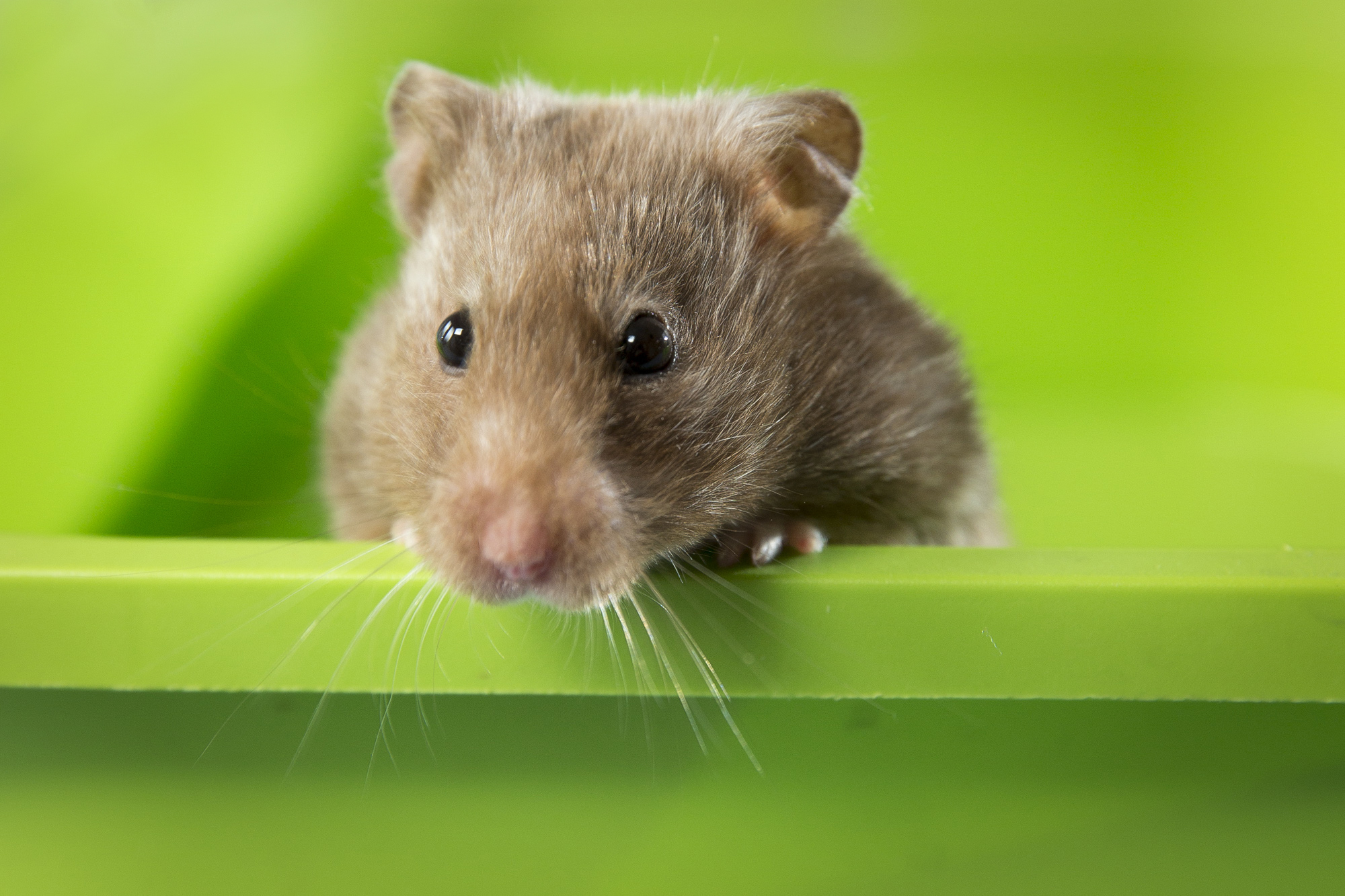
To inject some color we tried using a plastic green tub that also stopped the hamster escaping! We also tried various items for our hamster to clamber over and pose on, and found a red cardboard tube from her cage was perfect to keep her facing the camera for the few seconds it took to take our shot!
Read more:
Stuck at home: 11 photo projects to try indoors during the COVID-19 crisis
DIY photography hack: add camera stabilization to ANY camera body!
Photography tips and techniques videos
Get the Digital Camera World Newsletter
The best camera deals, reviews, product advice, and unmissable photography news, direct to your inbox!
The editor of PhotoPlus: The Canon Magazine, Peter 14 years of experience as both a journalist and professional photographer. He is a hands-on photographer with a passion and expertise for sharing his practical shooting skills. Equally adept at turning his hand to portraits, landscape, sports and wildlife, he has a fantastic knowledge of camera technique and principles. As you'd expect of the editor of a Canon publication, Peter is a devout Canon user and can often be found reeling off shots with his EOS 5D Mark IV DSLR.

